Disclosure: This article contains affiliate links. We may earn a commission from purchases at no extra cost to you, which helps our travel content.
When most travelers think of Tokyo, images of neon-lit streets, cutting-edge technology, and crowded subway cars dominate their imagination. But beneath this ultramodern veneer lies a playground for adventure seekers that often goes unnoticed. During my recent work trip installing solar systems across Japan, I discovered that Tokyo's adventure potential operates much like its subway system – intricate, efficient, and extending far beyond what meets the eye. As an electrical engineer with a passion for both technical precision and cultural immersion, I found myself drawn to experiences that blend Japan's technological innovation with its natural landscapes and ancient traditions. Whether you're traveling with friends, colleagues, or fellow adventurers, Tokyo offers a surprising array of adrenaline-pumping activities that provide a perfect counterbalance to temple visits and sushi sampling. Here's my engineer's blueprint for experiencing Tokyo beyond the neon.
Forest Adventure: Ziplines and Canopy Walks in Okutama
Just 90 minutes from central Tokyo lies Okutama, a mountainous region that serves as the city's natural power source – both literally, with its hydroelectric dams, and figuratively, as a recreational escape valve for urban dwellers. The engineering that went into creating the Forest Adventure park here demonstrates Japanese precision at its finest.
The course features a series of ziplines that cross the Tama River, suspended bridges, and Tarzan swings that create a comprehensive circuit through the forest canopy. As someone who designs electrical systems for a living, I couldn't help but appreciate the elegant simplicity of the pulley mechanisms and safety systems.
During my visit last spring, the forest was alive with new growth, creating a vibrant green backdrop as I launched myself across the river valley. The longest zipline stretches nearly 350 meters, providing a thrilling perspective of the landscape that most visitors to Tokyo never experience. What struck me most was the seamless integration of adventure infrastructure with environmental preservation – a balance that reminded me of projects I've worked on installing renewable energy systems in sensitive environments.
The staff provides thorough safety briefings in English, and the full course takes about 3 hours to complete. I recommend bringing a small, secure action camera to capture the experience hands-free. Mine was perfect for recording point-of-view footage while keeping my hands free for the safety lines.
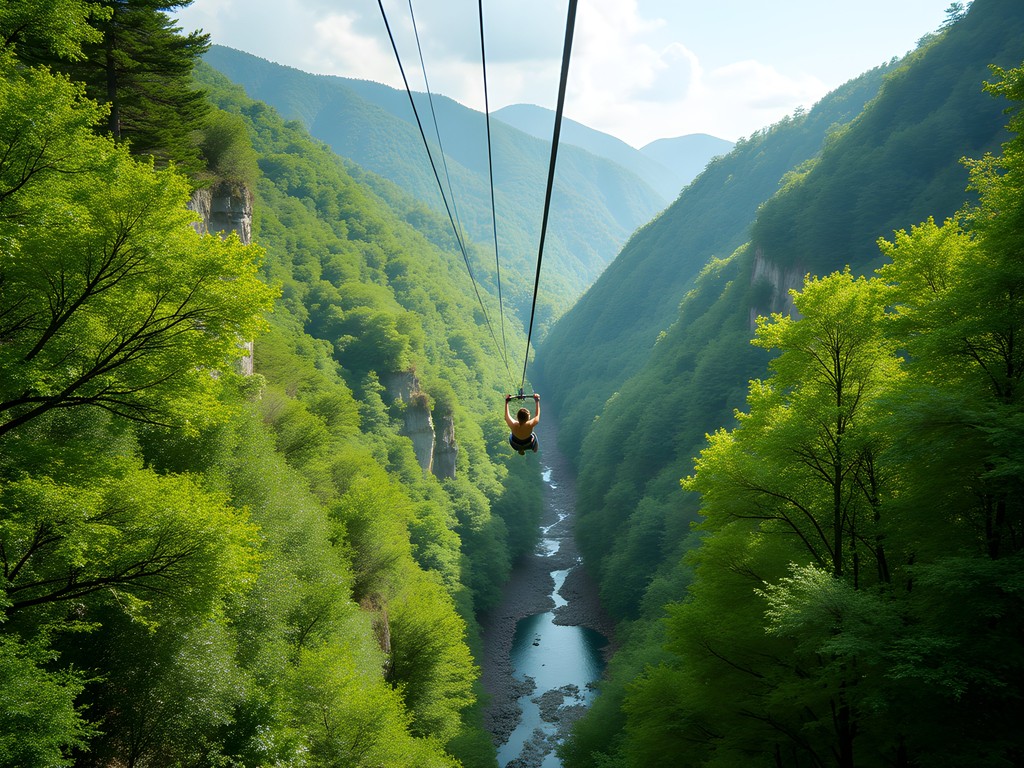
💡 Pro Tips
- Book at least 3 days in advance during spring and fall seasons
- Wear comfortable athletic clothing that allows freedom of movement
- Bring a small backpack with water and snacks for after the course
Urban Exploration: The Forgotten Underground of Tokyo
Tokyo's relationship with space is a fascinating engineering challenge – with limited horizontal expansion possible, the city has grown both upward into skyscrapers and downward into complex underground networks. While the city's official underground malls and subway stations are impressive, there exists a parallel world of abandoned infrastructure that offers a glimpse into Tokyo's past development.
Drainspotting – the exploration of Tokyo's massive storm drain system – has become an underground adventure activity for those seeking to understand the city's hidden infrastructure. The massive concrete structures beneath Saitama, often called the "G-Cans Project," feature cathedral-like columns and cavernous spaces that could be straight out of a sci-fi film. These drainage tunnels were designed to protect Tokyo from flooding during typhoon season, and the engineering is nothing short of spectacular.
During my visit, I joined a specialized tour that safely explores portions of this network. As an electrical engineer, I was fascinated by the scale and precision of these structures – the concrete pillars are arranged with mathematical precision, creating a forest of support columns that extend for what seems like eternity.
Safety is paramount when exploring these spaces, and I strongly recommend going only with official tours rather than attempting unauthorized access. I used my headlamp throughout the tour, which provided excellent illumination while keeping my hands free to take photos and maintain balance on the sometimes slippery surfaces.
For those interested in urban infrastructure but preferring to stay above ground, the Tokyo Metropolitan Area Underground Discharge Channel in Kasukabe offers public tours of sections of this engineering marvel.
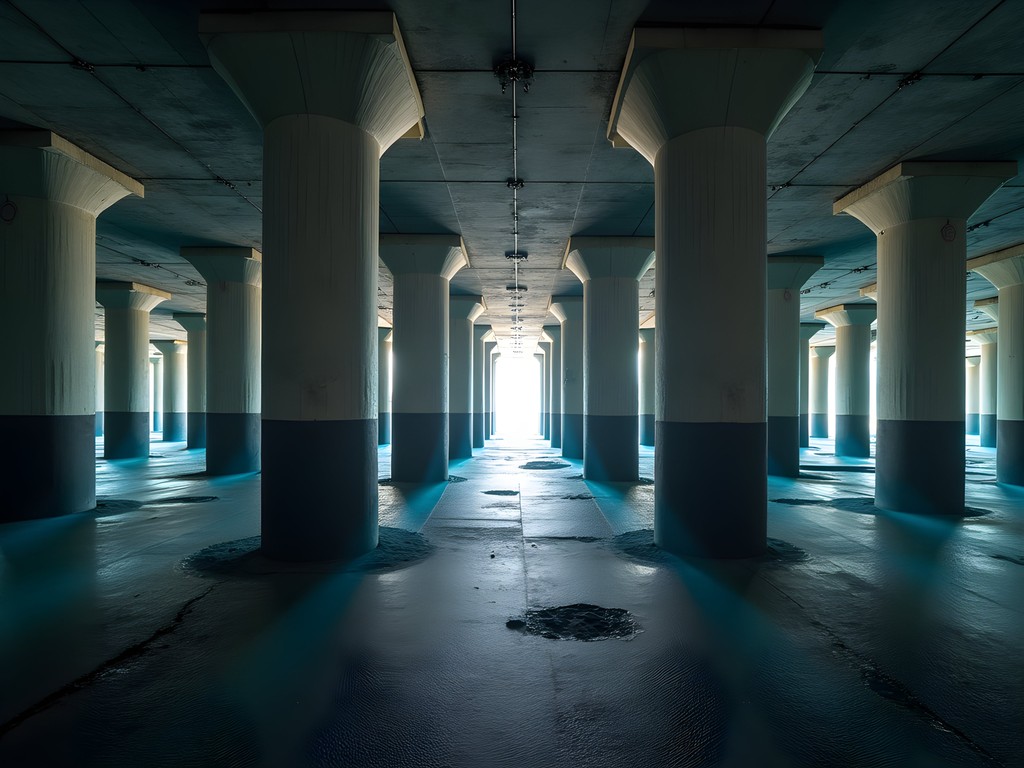
💡 Pro Tips
- Book official tours only and never attempt unauthorized access
- Wear waterproof boots and clothes that can get dirty
- Bring a powerful headlamp and backup light source
Maritime Adventure: Kayaking to Sarushima Abandoned Island
Tokyo Bay isn't just a shipping channel – it's an adventure playground with fascinating historical sites that most tourists never discover. My engineering work often takes me to coastal areas for renewable energy installations, which is how I discovered the kayaking routes in Tokyo Bay.
One of the most fascinating destinations is Sarushima (Monkey Island), Japan's only natural island in Tokyo Bay and home to abandoned military fortifications from the Edo period through World War II. Departing from Yokosuka, about an hour from central Tokyo, you can join guided kayaking tours that paddle the 1.5km to this uninhabited island.
The kayaking itself offers a unique perspective of Tokyo Bay's maritime traffic and the surrounding industrial landscape – a stark contrast to the abandoned ruins waiting on the island. Once on Sarushima, you're free to explore the crumbling fortifications, overgrown artillery positions, and mysterious tunnels that honeycomb the island.
As someone fascinated by the intersection of natural forces and human construction, watching how nature slowly reclaims these military structures provided a powerful reminder of the temporary nature of even our most substantial works.
The waters can be choppy depending on weather conditions, so I recommend bringing a waterproof phone case to protect your electronics. Mine kept my smartphone perfectly dry even when our kayak took on some spray during a passing boat's wake.
The full experience takes about 6 hours, including transportation from central Tokyo, the kayaking portion, and exploration time on the island. Spring offers ideal conditions with mild temperatures and less maritime traffic than summer months.
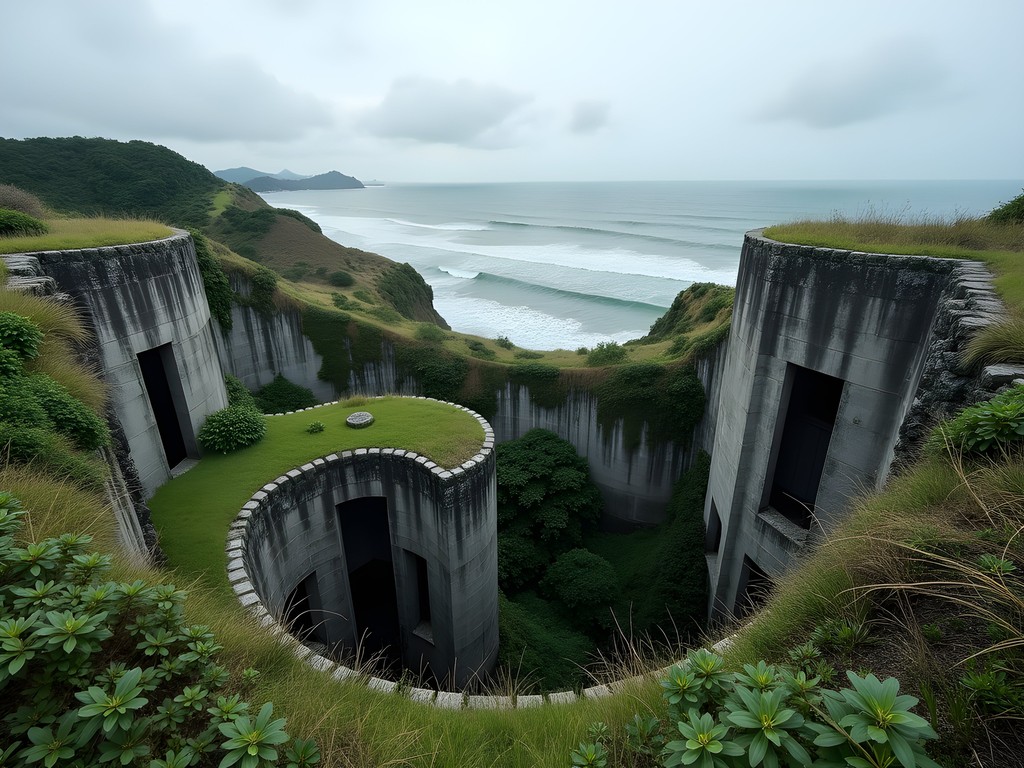
💡 Pro Tips
- Check weather conditions before booking as tours cancel in rough seas
- Bring a change of clothes in a dry bag
- Pack a lunch to enjoy on the island as there are no services available
Samurai Training: Traditional Martial Arts Experience
While Tokyo races toward the future, pockets of traditional culture offer immersive experiences that connect visitors to Japan's martial history. As an engineer, I'm fascinated by systems of knowledge that have been refined over centuries – and traditional Japanese martial arts represent exactly this kind of evolutionary optimization.
In Shinjuku, I discovered a samurai training dojo that offers half-day experiences taught by martial arts masters. The session began with an introduction to the philosophical aspects of bushido (the way of the warrior) before moving into practical training with wooden practice swords (bokken).
What impressed me most was the biomechanical efficiency of the movements. Every stance, cut, and defensive position has been refined over centuries to maximize power while minimizing energy expenditure – not unlike how we approach modern engineering problems, seeking the most efficient solution through iterative improvement.
The training is physically demanding but scaled appropriately for beginners. By the end of the three-hour session, our group had learned a basic kata (choreographed sequence of movements) and participated in controlled sparring exercises. The instructors emphasized that samurai training wasn't just about combat techniques but about developing mental discipline and awareness – principles that translate remarkably well to modern life.
I found the experience so valuable that I purchased a training bokken to continue practicing the movements after returning home. The weight and balance of a quality practice sword makes a significant difference in developing proper technique.
Many dojos offer these experiences for groups, making it an excellent team activity that combines physical challenge with cultural immersion. Advance reservations are essential, especially during peak tourist seasons.
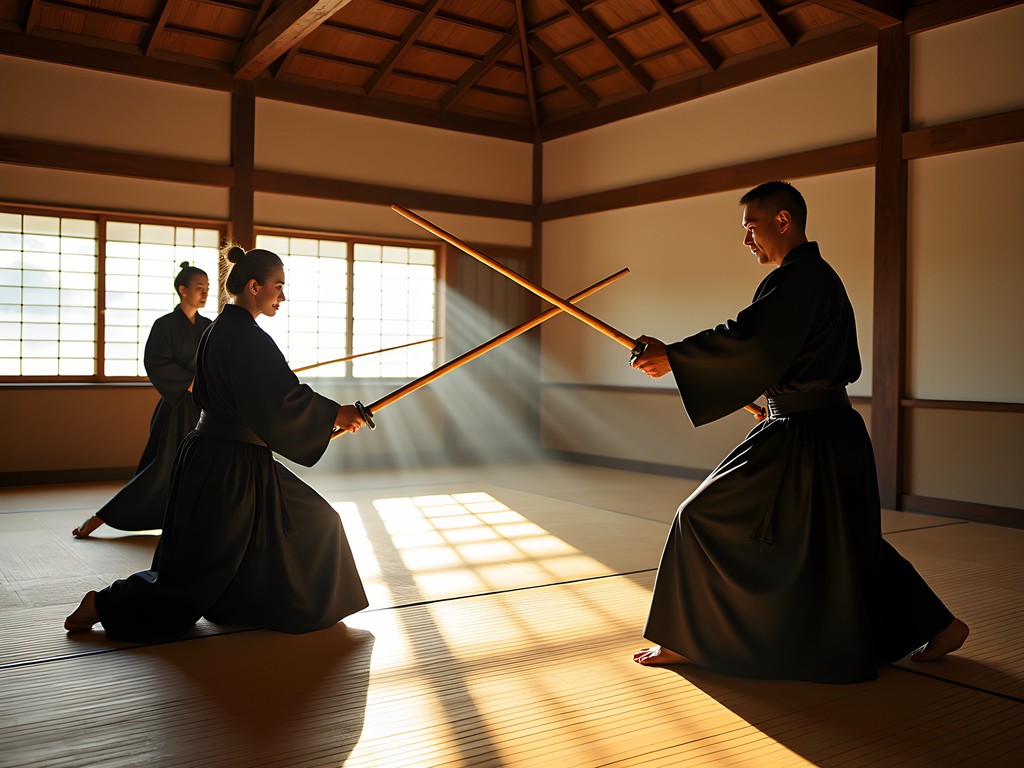
💡 Pro Tips
- Wear comfortable clothing that allows full range of motion
- Be prepared for some muscle soreness the next day
- Most dojos provide all necessary equipment, but bring a small towel for perspiration
Bouldering Tokyo's Urban Climbing Scene
Tokyo's relationship with vertical space extends beyond its skyscrapers into a thriving urban climbing culture. As someone who enjoys problem-solving in three dimensions, I was immediately drawn to Tokyo's bouldering gyms, which offer technical climbing challenges without the need for ropes or harnesses.
B-Pump in Akihabara stands out as one of the city's premier bouldering facilities, with over 200 routes (called problems) ranging from beginner to professional difficulty. What makes Tokyo's bouldering scene unique is how it reflects Japanese precision and efficiency – routes are meticulously designed, clearly marked, and regularly updated to provide fresh challenges.
During my visit, I was impressed by the social aspect of these spaces. Despite language barriers, climbers communicate through the universal language of movement and technique, often demonstrating approaches to difficult sections for one another. I quickly found myself exchanging tips with local climbers who were generous with their knowledge.
The technical problem-solving aspect of bouldering resonates strongly with my engineering mindset. Each route presents a puzzle requiring analysis of angles, friction, balance, and sequence – not unlike troubleshooting a complex electrical system, though with more immediate physical feedback when your solution fails!
Many gyms offer shoe rental, but if you're serious about climbing, I recommend bringing your own climbing shoes. The precise fit and familiar feel make a significant difference when attempting more technical routes.
For beginners, most gyms offer introductory sessions that cover safety, basic techniques, and the grading system. These are well worth attending even if you have some climbing experience, as they provide insight into the particular style and approach of Japanese bouldering.
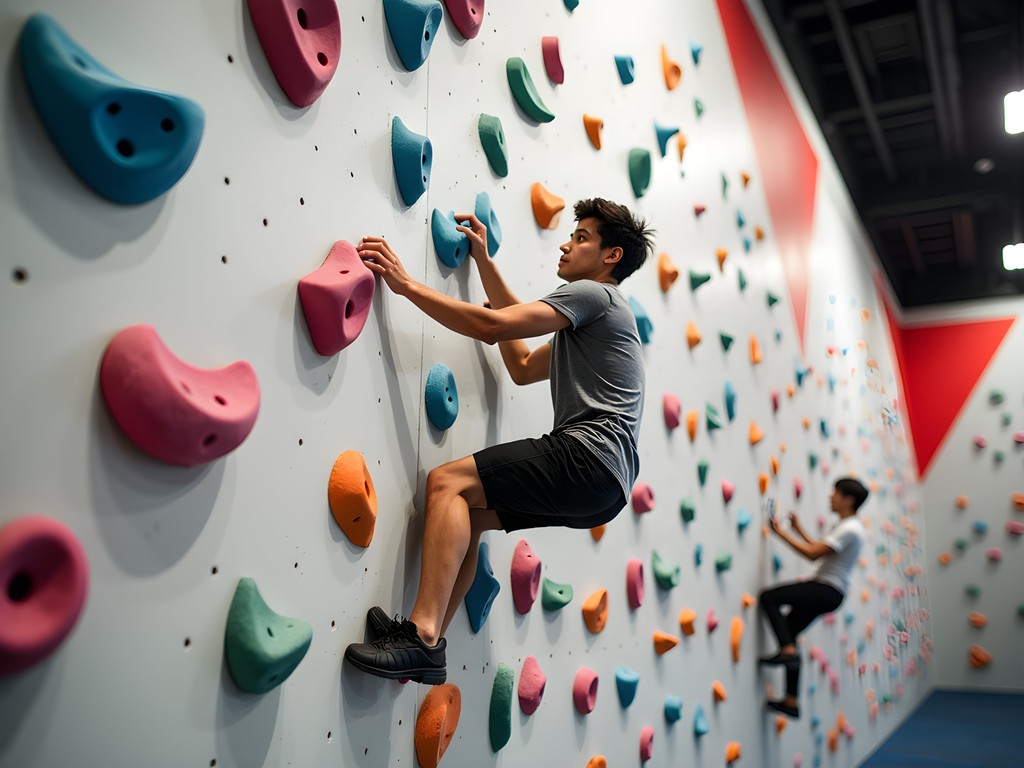
💡 Pro Tips
- Visit during weekday afternoons for smaller crowds
- Many gyms have English-speaking staff, but learning basic climbing terminology in Japanese is helpful
- Bring a small towel and water bottle as climbing is more physically demanding than it appears
Final Thoughts
Tokyo's adventure offerings create a perfect circuit of experiences that balance technological precision with natural wonder, much like the renewable energy systems I work with professionally. By venturing beyond the expected tourist activities, you'll discover a side of Tokyo that reveals the city's multidimensional character – from the engineering marvels beneath its streets to the wild forests just beyond its borders. These adventures provide not just thrills, but deeper insights into Japanese culture, history, and environmental relationship. As an engineer, I value systems that serve multiple functions, and Tokyo's adventure landscape does exactly that – providing physical challenges while simultaneously offering cultural context and historical perspective. Whether you're rappelling through forest canopies or exploring abandoned military installations, Tokyo's unexpected adventures will rewire your understanding of this fascinating metropolis. When will you complete the circuit?
✨ Key Takeaways
- Tokyo's adventure activities extend well beyond the city center into surrounding mountains and waterways
- Many adventures reveal aspects of Japanese engineering and historical development
- Advanced booking is essential for most guided experiences, especially in spring
- The best adventures combine physical challenges with cultural or historical insights
📋 Practical Information
Best Time to Visit
Spring (March-May) or Fall (September-November)
Budget Estimate
$150-300 per day including activities and transportation
Recommended Duration
5-7 days
Difficulty Level
Moderate

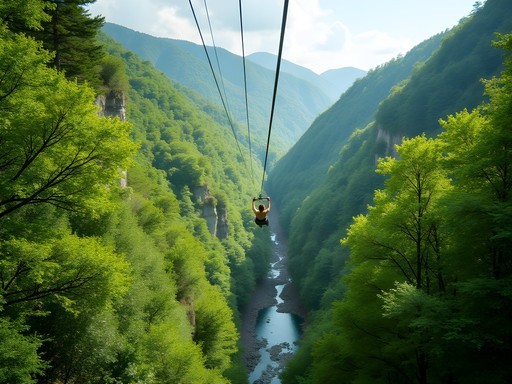
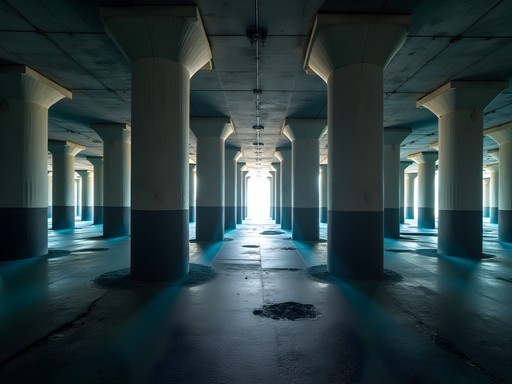
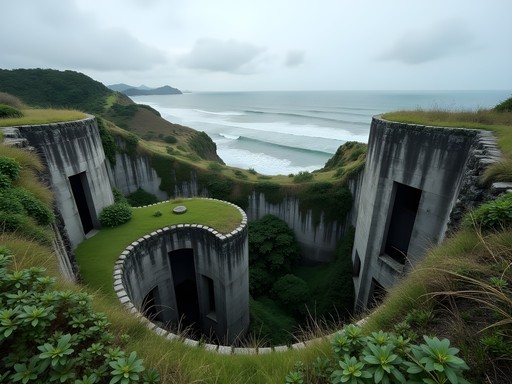
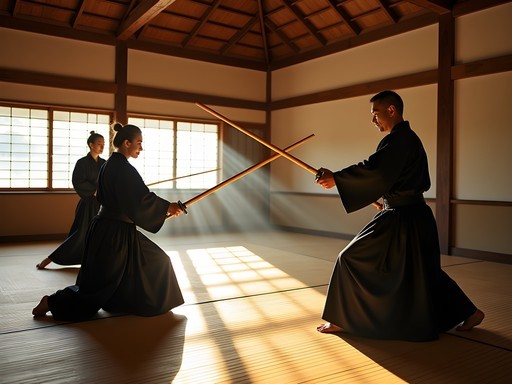
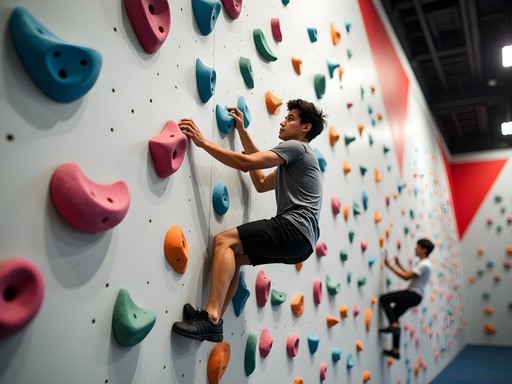


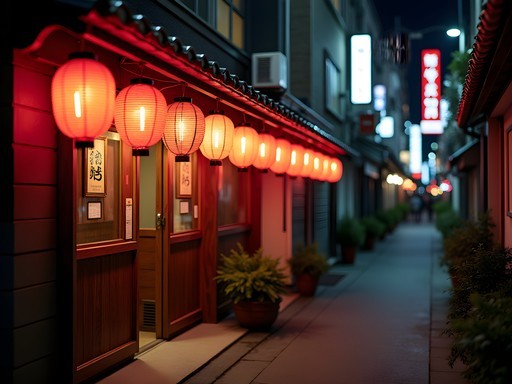

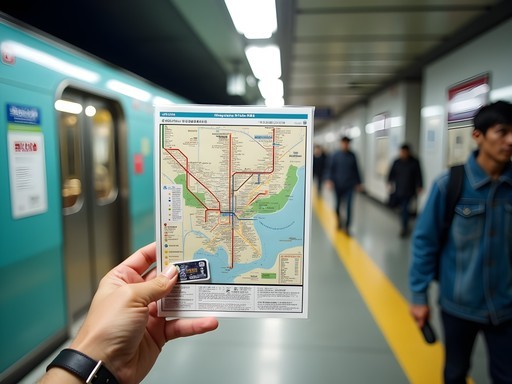
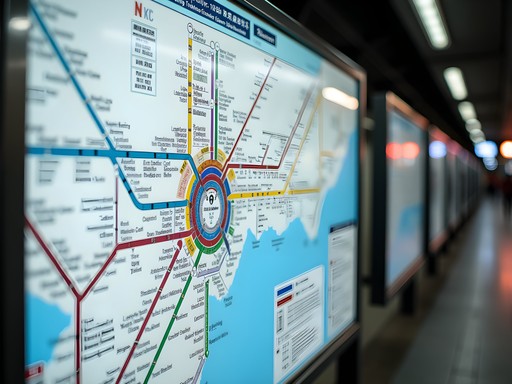

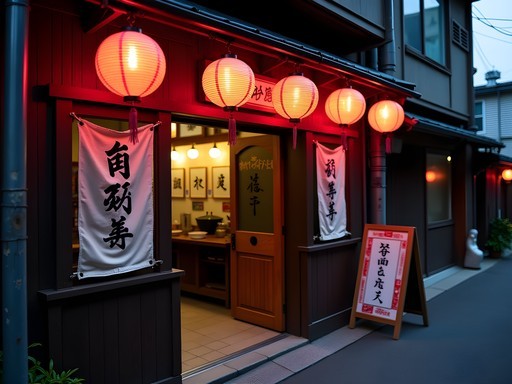

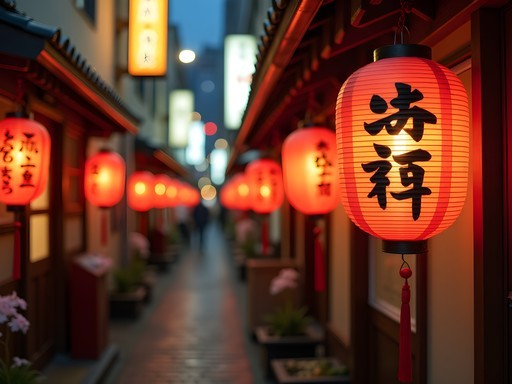
Comments
citypro8767
Just booked the underground exploration tour for next month! So excited!
Amit Sullivan
Brandon, your post captures perfectly what I love most about Tokyo - its ability to surprise even seasoned travelers! The Samurai Training experience you mentioned brought back wonderful memories. I participated in a similar program in Asakusa last year, and the sensei was a 15th-generation sword master who had performed for the Imperial family. The physical discipline required was humbling, but the cultural insights were invaluable. One addition I might suggest to readers is the Todoroki Gorge in Setagaya - Tokyo's only natural ravine. It's just 20 minutes from Shibuya but feels like you've been transported centuries back in time. A perfect complement to the adventure activities you've listed!
beachseeker
Great post! How did you get around to these places? Is public transportation reliable or should we rent a car?
Amit Sullivan
Public transport in Tokyo is second to none! For Okutama, the JR Ome Line takes you straight there. For Sarushima, take the train to Yokosuka and then it's a short walk to the kayak launch point. I'd advise against renting a car unless you're heading much further out - parking is expensive and navigating Tokyo's roads can be overwhelming.
Sage Dixon
This post couldn't have come at a better time! I just returned from Tokyo where I tried the Samurai Training experience you mentioned. What an incredible way to connect with Japanese culture beyond the typical tourist activities! Our sensei had been practicing for over 40 years and was incredibly patient with us beginners. One tip for anyone planning to try this: wear comfortable clothes you can move in, and don't eat a heavy meal beforehand (learned that the hard way, haha). I also stumbled upon another adventure activity not mentioned here - paragliding at Mt. Takao, just an hour from central Tokyo. The views of Mt. Fuji on a clear day are absolutely breathtaking. I documented my entire Tokyo adventure with my mirrorless camera which was perfect for capturing both the neon city lights and the natural landscapes outside the city. The lightweight design made it easy to carry everywhere from subway stations to mountain trails.
smartadventurer
Paragliding at Mt. Takao?! How have I never heard of this? Adding it to my list for next time. Was it expensive?
Sage Dixon
It was about 12,000 yen for a tandem flight, which I thought was reasonable for the experience! The views were absolutely worth it. They have an English website too which makes booking easy.
waveninja
Has anyone done the kayaking to Sarushima Island? Wondering if it's suitable for beginners or if I should build up some experience first? Planning a trip in October!
citypro8767
Did it last year - definitely beginner friendly! They give good instruction and the waters are pretty calm. Just bring water and sunscreen!
waveninja
Thanks! That's really helpful. Did you book in advance or just show up?
citypro8767
Definitely book ahead! We used Tokyo Adventure Tours and they were great - English speaking guides and all equipment provided.
redwanderer
Just got back from Tokyo last month and wish I'd seen this post before! We did the typical tourist circuit but I was craving something different. Did manage to find the forest adventure in Okutama by chance though - those ziplines were AMAZING and such a refreshing break from the city chaos. The staff barely spoke English but somehow that made it more authentic? Anyone else tried this?
Amit Sullivan
I did the Okutama course two years ago! Absolutely breathtaking, especially in autumn when the leaves were changing. Did you take the vintage Ome Line train to get there? Part of the charm for me was that journey through the suburbs into increasingly rural landscapes. Like watching Tokyo gradually dissolve into wilderness.
redwanderer
Yes! That train ride was half the experience. Loved watching the concrete jungle slowly give way to actual jungle. Made me realize how massive and diverse Tokyo really is.
tripnomad
The kayaking to Sarushima sounds amazing! Has anyone done this as a solo traveler? Wondering about safety and if it's easy to join a group.
Brandon Sanchez
Hey tripnomad! I did this solo and it was completely fine. The kayaking operators usually put solo travelers in small groups, and the guides are super attentive. The currents around Sarushima are generally calm, but I'd recommend booking with Tokyo Bay Kayaking - they provide all the safety gear and their English-speaking guides know all the best spots around the island. Let me know if you need more specific info!
tripnomad
Thanks so much, Brandon! That's really reassuring. Will definitely check out Tokyo Bay Kayaking. Can't wait to explore those abandoned military structures!
smartadventurer
Just got back from Tokyo and did the Okutama zipline course! Seriously one of the highlights of my trip. It was such a refreshing break from the city chaos. The train ride out there is beautiful too - watching Tokyo gradually transform into mountains and forests. If anyone's planning to go, bring good walking shoes and leave EARLY. The last zipline session starts at 2pm and you don't want to miss it!
Sage Dixon
How was the difficulty level? I'm planning to take my partner who's not super athletic but loves trying new things.
smartadventurer
They have different courses! We did the intermediate one and it was challenging but not extreme. There's a beginner course that would be perfect for someone new to this kind of activity. The staff were super helpful too!
Sage Dixon
Perfect, thanks for the info! Adding this to our itinerary for sure.
skyperson
Just got back from Tokyo and tried the kayaking to Sarushima! Incredible experience and way less touristy than anything else we did. Thanks for the recommendation!
tripbuddy
Has anyone done the Samurai Training with older parents? My mom is 65 but fairly active and really wants to try it when we visit.
Venture X
Premium card with 2X miles, $300 travel credit, Priority Pass